Blog
- Home
- Blog
How to Successfully Navigate the Solar Panel Installation Process for Your Home
As more homeowners seek sustainable energy solutions, the importance of understanding the Solar Panel Installation process has never been greater. According to a report by the Solar Energy Industries Association (SEIA), the U.S. solar market experienced a 42% year-over-year growth in installations, reflecting a rising trend towards renewable energy. With the average residential solar system costing between $15,000 and $25,000 after the federal tax credit, navigating the installation process effectively is essential for maximizing both financial and environmental benefits. This comprehensive guide aims to demystify the steps involved in Solar Panel Installation, empowering homeowners to make informed decisions while ensuring compliance with local regulations and maximizing efficiency. By understanding the intricacies of the installation process, homeowners can harness the sun's energy effectively, significantly reducing their utility bills and carbon footprints.
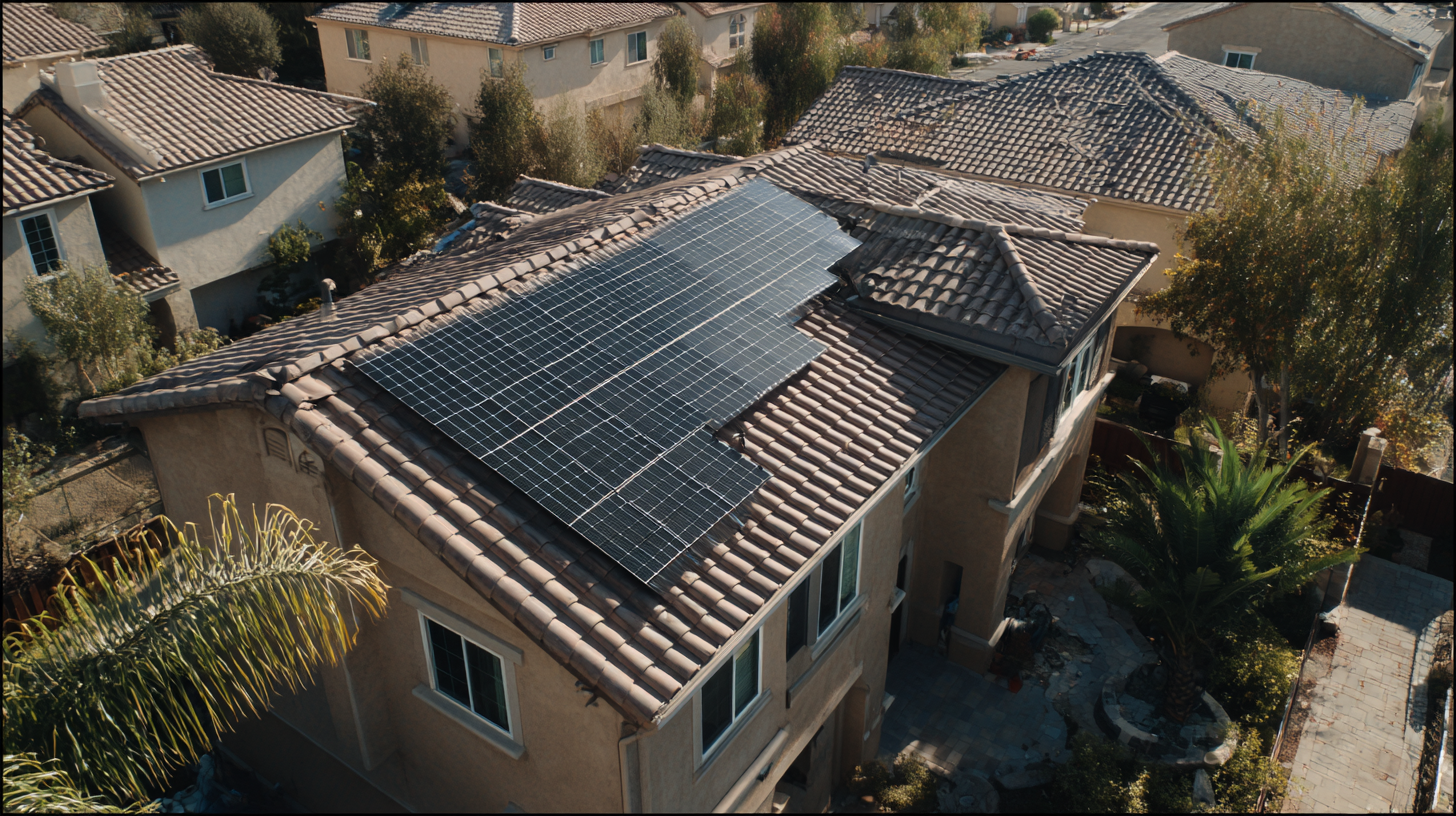
Understanding the Benefits of Solar Panel Installation for Your Home
Installing solar panels in your home offers a multitude of benefits that go beyond just harnessing renewable energy. One of the most significant advantages is the reduction in energy bills. By generating your own electricity, you can decrease your dependence on the grid, which translates to substantial savings over time. Many homeowners experience a dramatic decrease in monthly utility costs, making solar panels a financially sound investment, particularly as energy prices continue to rise.
Additionally, solar panel installation contributes to environmental sustainability. By opting for solar energy, homeowners can significantly reduce their carbon footprint and help combat climate change. This switch not only promotes cleaner air and reduces reliance on fossil fuels but also supports the growing movement towards sustainable living. Furthermore, many regions offer incentives, tax credits, and rebates for those who choose to install solar panels, making it a more attractive option and encouraging a widespread transition to renewable energy sources.
How to Successfully Navigate the Solar Panel Installation Process for Your Home - Understanding the Benefits of Solar Panel Installation for Your Home
| Benefit | Description | Estimated Savings (Annual) | Installation Time (Days) |
|---|---|---|---|
| Reduced Energy Bills | Generate your own electricity and reduce dependence on the grid. | $1,200 | 5 |
| Increase Home Value | Homes with solar panels can sell for more than those without. | $15,000 | 3 |
| Tax Incentives | Federal and local tax credits can significantly reduce installation costs. | $4,500 | 2 |
| Environmental Benefits | Contributes to the reduction of carbon footprint and greenhouse gases. | N/A | Varies |
| Energy Independence | Become less reliant on fluctuating energy prices and import of fossil fuels. | N/A | 4 |
Identifying the Right Solar Panel System for Your Energy Needs
When considering solar panel installation, identifying the right system for your energy needs is crucial. Start by assessing your current energy consumption. Review your utility bills for the past year to determine your average monthly usage. This will help you gauge the size and capacity of the solar panel system that will suit your home best.
Tips: Consult with a solar provider who can provide a detailed analysis of your energy needs and suggest a system size that aligns with your consumption. They can also help you explore different types of panels, such as monocrystalline or polycrystalline, depending on your budget and space availability.
Additionally, consider your roof's orientation and shading. South-facing roofs typically capture the most sunlight, but other orientations can still work effectively depending on your local climate and any shade patterns.
Tips: Use online tools or apps to simulate sunlight exposure on your roof throughout different times of the year. This will help you understand potential energy generation and make an informed decision about your solar panel system.
Choosing a Reputable Installer: Key Factors to Consider
When choosing a reputable installer for your solar panel system, it is crucial to evaluate several key factors to ensure that you are making a sound investment. Firstly, look for installers with proven expertise in the field. As the demand for skilled workers in solar installation grows amid low-carbon transitions, finding a contractor with the appropriate certifications and experience can mitigate risks. According to industry reports, well-rated installers not only comply with safety standards but also have a track record of positive customer feedback.
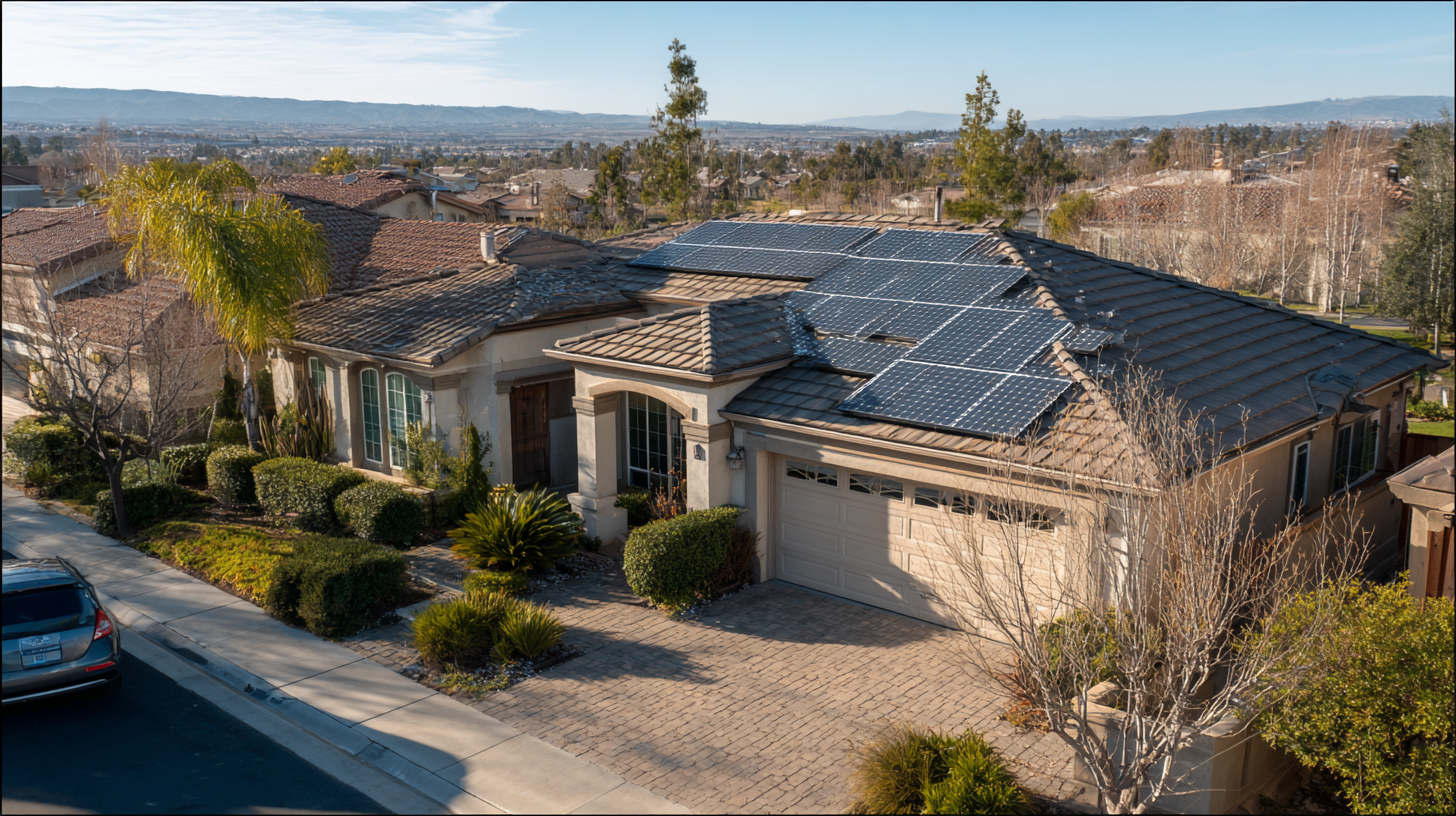
Furthermore, transparency in pricing and warranties is essential. Reputable solar panel companies typically provide comprehensive quotes that break down costs, enabling homeowners to understand the financial commitment involved. Additionally, reputable installers offer warranties that cover installation and equipment, with top-tier panels demonstrating efficiency ratings that promise long-term savings on energy bills. As the renewable energy market evolves, accessing solar potential through expert evaluation becomes imperative, as research shows that optimal site selection can enhance the performance of photovoltaic systems while reducing CO₂ emissions effectively.
Financing Options for Solar Panel Installation: What to Know
When considering solar panel installation, understanding financing options is crucial to making your transition to renewable energy more affordable. Numerous financing methods are available to homeowners, each with its distinct advantages. For instance, while outright purchasing solar panels offers long-term savings and increased home value, it may require a significant upfront investment. Similarly, solar loans provide the flexibility of paying for installation over time, allowing homeowners to enjoy immediate energy savings while managing payments.
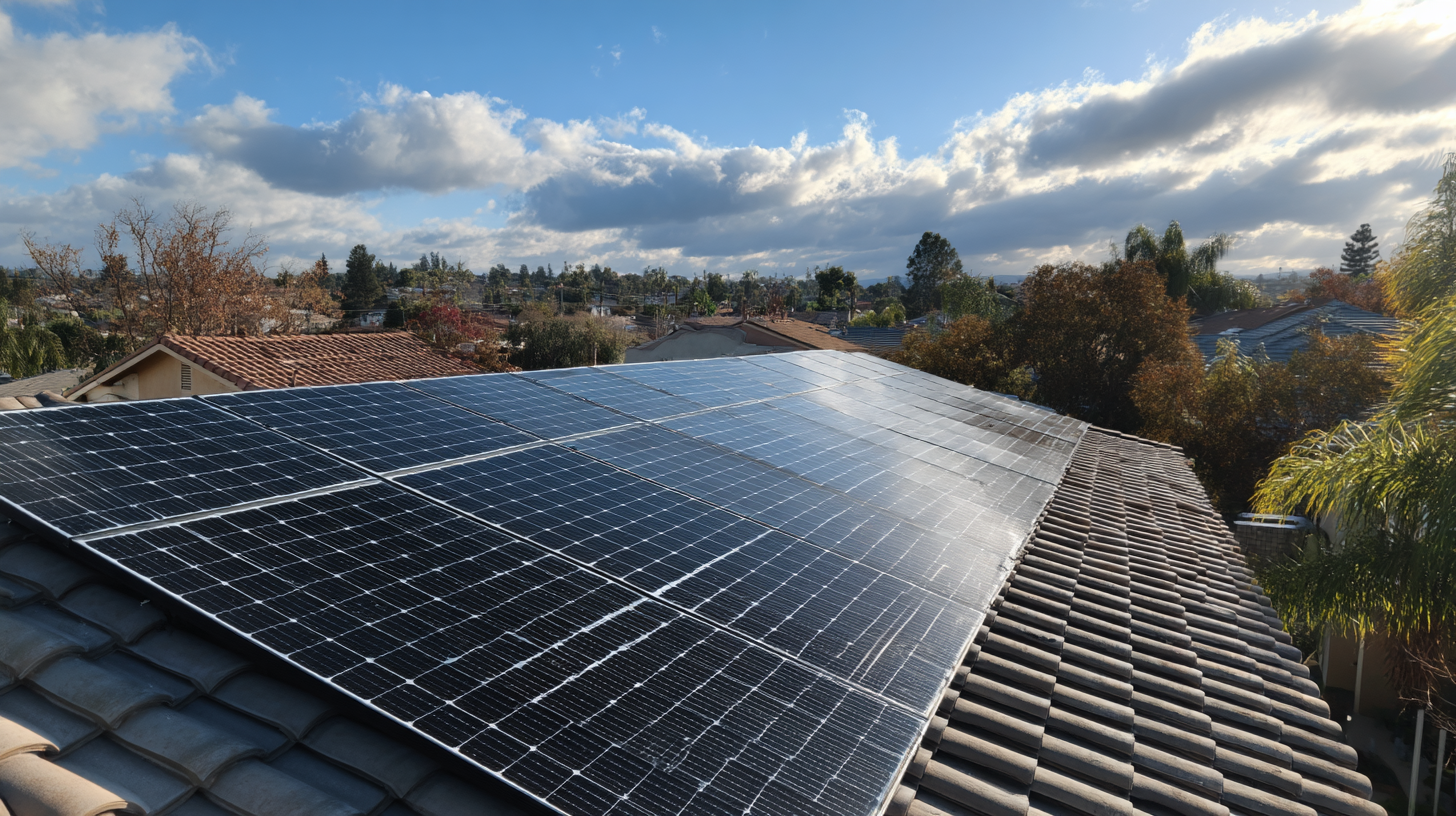
Another popular option is leasing solar panels, which often involves little to no upfront cost. In a lease agreement, a third party owns the solar system and you pay a monthly fee for using the energy produced. This arrangement can be appealing for those unsure about a long-term commitment or upfront costs. Additionally, many states offer incentives and rebates that can further reduce the overall expense of solar panel installation, making it an economically viable choice. Exploring these financing options can help you find a solution that best fits your financial situation and energy needs.
Preparing Your Home for a Smooth Solar Panel Installation Process
Preparing your home for a smooth solar panel installation process is crucial for maximizing efficiency and minimizing disruptions. Start by assessing your roof's condition. Check for any necessary repairs or renovations, such as fixing leaks or replacing worn shingles. A sturdy, structurally sound roof ensures that the solar panel system is secure and operates effectively for years to come. Additionally, consider the roof's orientation and shading; ideally, panels should be installed on a south-facing slope with minimal obstructions to maximize sunlight exposure.
Next, evaluate your home’s electrical system. An up-to-date and properly functioning electrical system will facilitate the integration of solar panels, ensuring they connect seamlessly with your existing setup. It may be beneficial to consult with a licensed electrician to identify any upgrades or modifications needed. Finally, familiarize yourself with local regulations and permits required for solar installation. This step not only helps you avoid delays but also ensures compliance with local laws, paving the way for a successful installation. By taking these preparatory steps, you can enhance the efficiency of the installation process and enjoy the benefits of solar energy sooner.
Related Posts
-
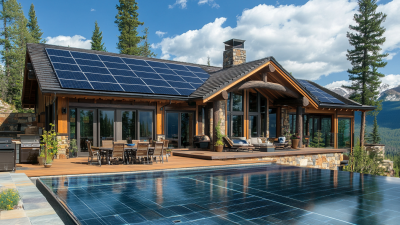
Global Insights on Residential Solar Panels Market by 2025 Trends Data and Strategies for Success
-
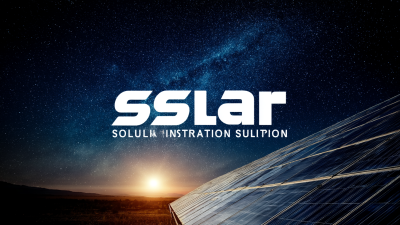
How to Identify Top Suppliers for Best Solar Panel Installation Worldwide
-
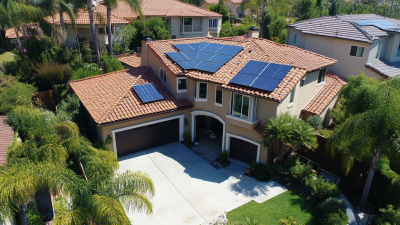
Unlocking Sustainable Energy Trade 7 Key Certifications for Residential Solar Systems
-

Exploring the Versatile Features and Applications of Best Power Solar Products
-
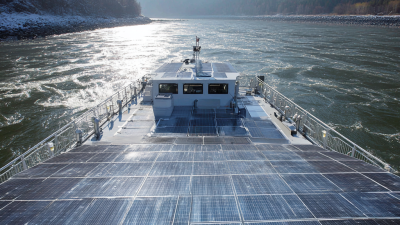
Navigating Challenges with Best Green Energy Solar Solutions
-

Exploring Diverse Alternatives to Power Solar Panels for Sustainable Energy Solutions